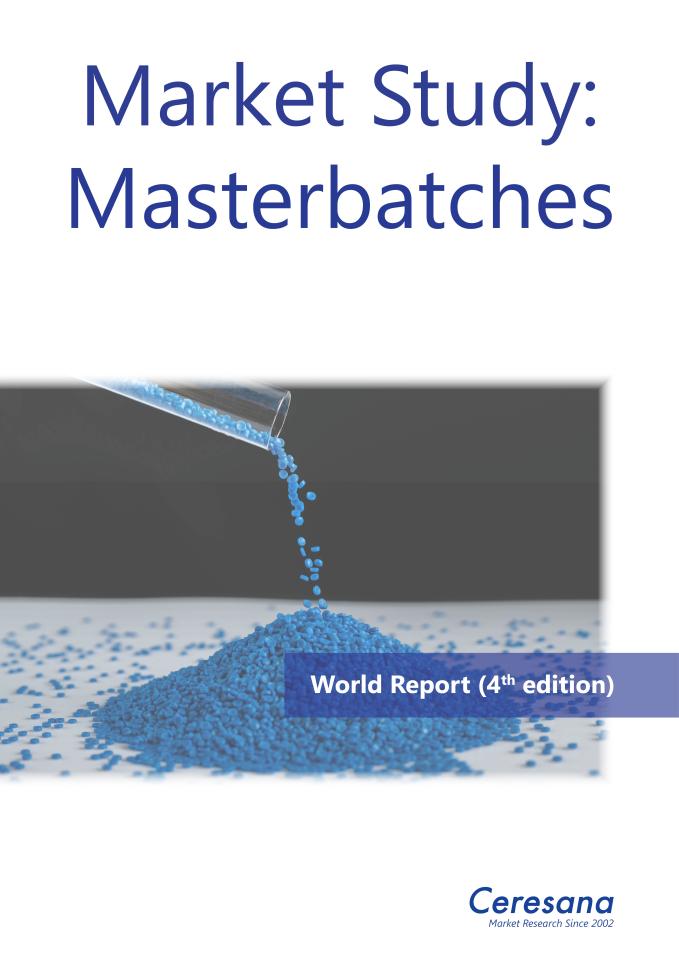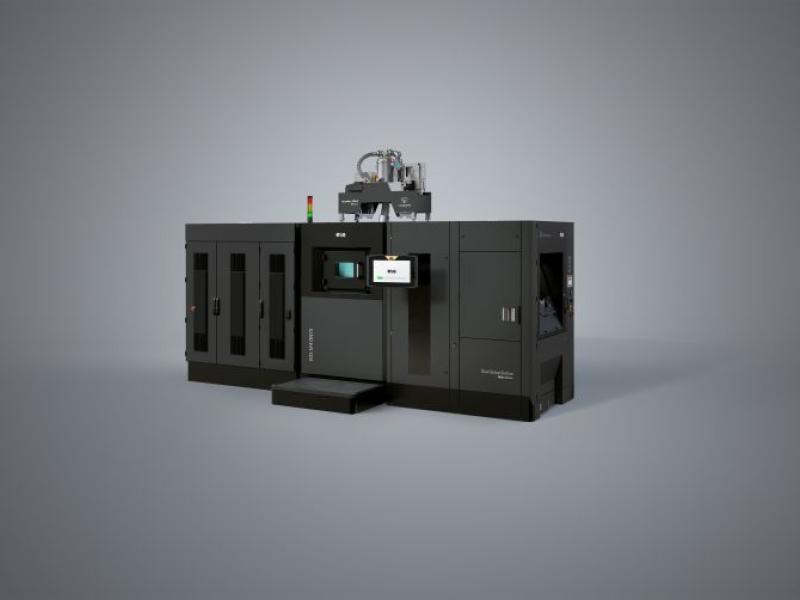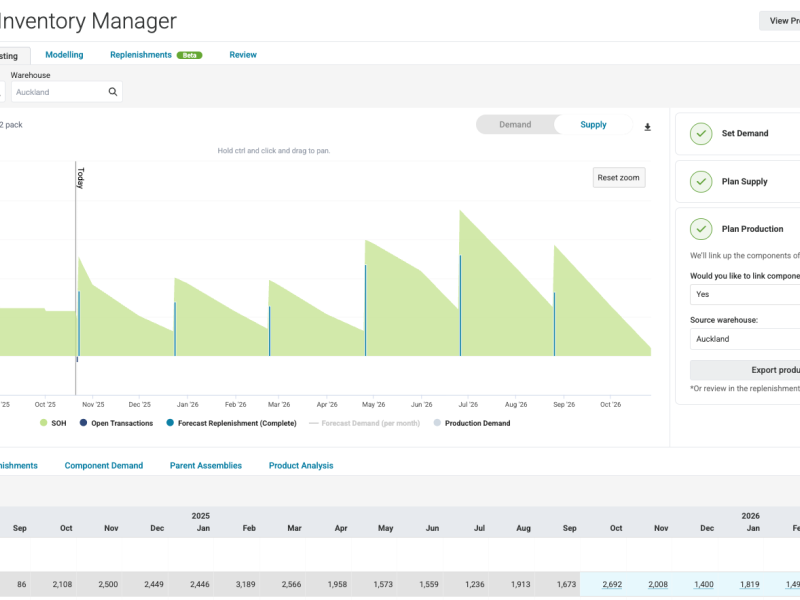Highly concentrated, expensive mixtures of additives for tire rubber production were once only allowed to be mixed by the master personally – this is how “masterbatches” are said to have got their name. Today, in the production of plastics, premixed granulates facilitate and improve the addition of additives that make polymers colourful, durable, and usable. Ceresana has analysed the global market for masterbatches already for the fourth time: The market researchers forecast that demand for these plastic ingredients will increase to almost 5.9 million tonnes by 2033.
Concentrates for the Plastics Industry
Powders, pastes, or liquid additives can also be used to modify plastics. With granulates, however, the aggregates can be distributed more evenly and process reliability can be increased. Prefabricated, ready-to-use masterbatches also allow raw polymers to be purchased in large quantities at low cost and then modified quickly and specifically for certain applications. Colour masterbatches contain pigments or dyes. Additive masterbatches modify other plastic properties, for example with the help of stabilizers, antioxidants, flame retardants, or fillers. Combination masterbatches combine different additives. The colour and additive concentrates tailored to specific applications are melted together with a polymer carrier material and then granulated. Master batches are usually added to plastics in proportions of 2 to 6%. They must be compatible with the plastic to be modified and meet all regulations for the end products, for example for applications with food contact, medical technology, or bioplastics.
White Masterbatches Are Most Popular
Toys, electrical appliances, furniture, or plastic films: white masterbatches, especially with titanium dioxide (TiO2), are used in large quantities to colour plastics white and protect them against UV rays. As the market study shows, around 1.6 million tonnes of granules with white pigments are currently sold on the plastics market worldwide every year, making them the most consumed type of masterbatch. This is followed by colour masterbatches that contain colourful inorganic and organic pigments or effect dyes. Carbon black is mainly used to colour pipes, agricultural films, automotive parts, or other plastic products black: Industrial carbon black is very resistant to colour changes and fading. So far, carbon black has mainly been produced by incomplete combustion of heavy petroleum fractions – but there are already projects to recycle old vehicle tires. Some masterbatch suppliers also produce innovative additive masterbatches which facilitate the recycling of plastics or offer special functions, such as biodegradability, special heat resistance, or forgery protection.
Granulated Additives for the Whole World
There is practically no area of life without plastics and elastomers anymore – so masterbatches are also needed everywhere. According to this global masterbatch market analysis, the most important application area for masterbatches is packaging, which currently accounts for around one third of total demand. Masterbatches are needed for flexible plastic packaging, such as films, bags, and sacks, as well as for rigid packaging, such as yogurt pots, cans, bottles, and lids. The next largest sales markets for masterbatches are construction products, vehicles, electrical and electronics, as well as other industrial goods. Geographically, the revenues generated with masterbatches correspond to the global market for plastics: More than a third is generated in the Asia-Pacific region, North America accounts for just under 23%, and Western Europe for 19%.
Current Edition of Ceresana’s “Masterbatches” Market Study:
Chapter 1 provides a comprehensive analysis of the global market for plastic masterbatches – including forecasts up to 2033: The development of demand (in tonnes) and revenues (in USD and EUR) is shown for each region.
Demand for the various masterbatch types is broken down as follows:
• White masterbatches
• Black masterbatches
• Colour masterbatches
• Additive masterbatches
In addition, the various application areas are analysed individually in terms of demand and sales:
• Packaging
• Construction industry
• Transportation
• Electrical and electronics
• Industry
• Other applications
Furthermore, the turnover is analysed per carrier polymer:
• Polyethylene
• Polypropylene
• Other carrier polymers
In Chapter 2, 30 countries are examined individually: in addition to the largest EU member states, Switzerland, the United Kingdom, Russia, Türkiye, Canada, Mexico, the USA, Argentina, Brazil, China, India, Indonesia, Japan, South Korea, Taiwan, Thailand, and Vietnam.
The following are examined in each case:
• Total demand and demand per masterbatch type (white, black, colours, additives)
• Demand in the individual application areas
• Total revenues, revenues per application area, and revenues per carrier polymer
Chapter 3 offers 54 company profiles of the world’s most important producers of plastic masterbatches. The practical manufacturer directory is clearly structured according to contact details, revenues, net income, product range, production sites, and profile summary. The manufacturers presented here include, for example, Alok Masterbatches Pvt. Ltd., Astra Polymers Compounding Co., Ltd., Avient Corporation, Americhem Inc., Ampacet Corporation, Cabot Corporation, Global Colours Group, Lehmann & Voss & Co. KG, Prayag Polytech Pvt. Ltd., and RTP Company.
Further information on the new 4th edition of the market study “Masterbatches – World”: https://ceresana.com/en/produkt/masterbatches-market-report






